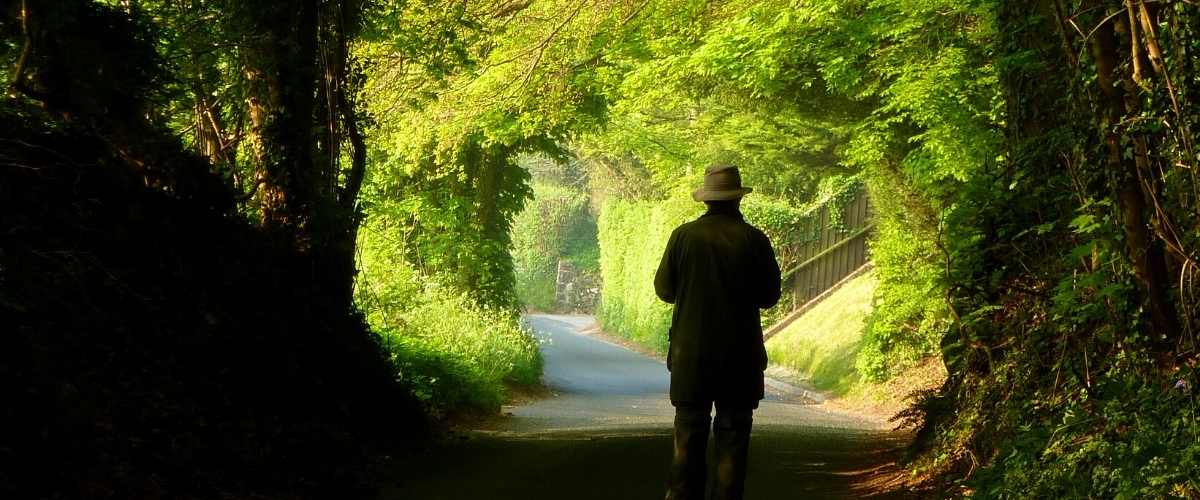
Our volunteers: the beating heart of BTO data
David is responsible for the strategic development of BTO’s monitoring programme and associated research, is the main contact for biodiversity indicators, surveys of taxa other than birds, and for conservation initiatives such as BAP and Birds of Conservation Concern.
Relates to projects
For BTO, which runs many of the schemes whose results are used in this report, the importance of volunteers is blindingly obvious – we couldn’t begin to achieve the coverage and breadth of information without them. The BTO Survey Organisers on staff and the Regional Network of super-volunteers (Regional Reps) understand this well and we endeavour to thank all volunteers as much as possible including consideration of what could make their efforts easier (albeit in the circumstances sometimes of still having to tell them that their allocated square is a 20 mile drive away and still then a two hour walk from the nearest road!). In a recent Zoom conference with BTO partners, one of them was particularly taken with the super-volunteer concept and wondered whether they’d prefer capes and outerwear underwear to the long service badges we have given out previously!

Why counting birds counts
This SUKB report clearly demonstrates the huge value of this volunteer-collected data. Thousands of dedicated birders contribute annually through visits to their randomly allocated (so not always very handy) BTO/JNCC/RSPB Breeding Bird Survey (BBS) square to undertake bird surveys using specific protocols. Together with the data from the Waterways Breeding Bird Survey undertaken by a smaller subset of particularly intrepid volunteers, these data provide an annual reliable and accurate update on the fortunes of close to 120 different mainly terrestrial and wetland bird species, covered in this report under Widespread and Common Species. Most of these species are not rare at all, the commonest – Wren – comprising close to 11 million of the UK’s 83 million breeding pairs of birds according to the latest report from the Avian Population Estimates Panel (APEP; whose latest estimates are highlighted in this SUKB report). But BBS results also document what is happening to rarer species such as the fast disappearing Turtle Dove. BBS is undertaken by day so to get more detailed information on nocturnal and/or other difficult to survey species, special surveys need to be developed, and BTO’s recent Tawny Owl Survey is a good example of this.
The importance of volunteers is blindingly obvious – we couldn’t begin to achieve the coverage and breadth of information without them.
Another, to some extent overlapping, set of volunteers undertake monthly counts of wetland birds for the Wetland Bird Survey (WeBS). These provide the basis for calculations of annual trends from local to UK scale for a large suite of wintering wetland birds, many of which comprise internationally important proportions of global populations. Contributions range from solitary visits to local wetlands to huge teams divvying up coverage of major estuaries, in order to get as representative data as possible for dispersed species such as the ubiquitous Coot, or solely winter visitors such as Grey Plover.

Specialised surveys
Not all schemes are primarily aimed at population trends. Specialised ringing activities such as the Constant Effort Sites Scheme and data from the Nest Record Scheme provide valuable information on survivorship and reproductive success that help understand patterns of change in numbers, for example whether declines are driven by nest failure or mortality over winter. Garden BirdWatch data tell us about changes in birds' use of gardens and have been used to identify the importance of bird feeding, long-term changes in seasonal movements and the incidence of avian diseases.
Trends for seabirds come largely from the Seabird Monitoring Programme which relies on both volunteers and professionals, the latter term meaning that some are paid, especially to access some of the most difficult to reach remote islands inhabited by this group of birds. Sticking with seabirds, SUKB 2020 also incorporates the efforts of volunteers and staff in organisations in the UK’s Overseas Territory and Crown Dependency network. This work encompasses surveys of rare endemic terrestrial species as well as seabirds and includes some of the rarest species in the world.
Finally, we all benefit from the efforts of dedicated volunteers with particular interest in very rare British species, who submit their data annually to the Rare Breeding Birds Panel (RBBP) or get involved in species-specific surveys such as the Willow Tit Survey.
Together, the results of all this work provide an annual summary of what’s happening with bird populations in the UK. Volunteers in each of the schemes receive the annual reports of that scheme’s results, but SUKB brings it all together and draws out important messages which should, and do, influence conservation. The UK and country administrations, which help financially to support many of these schemes, are well aware of the contribution that volunteers make and the sheer scale of effort that would make these programmes and their outputs unfeasible any other way. The latest wild bird indicators included in this SUKB report are one high-profile tool used by Government to assess the condition of species associated with different landscapes from arable farmland to wetlands. The same data that are used to calculate BBS trends feed into Pan-European Common Bird Indicators used by European Commission to assess sustainable rural development policies across Europe, and were also used in the production of the just-published the second ever European Breeding Bird Atlas, the ‘biggest citizen science project in the world, with over 120,000 contributors’ that shows patterns of bird distribution across 50 countries and what has changed over the last 30 years as a result of land use pressures and climate change.
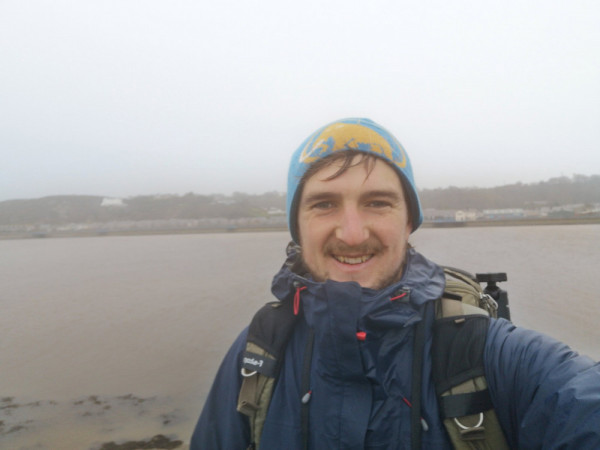
It's all thanks to you
As key partners in SUKB, APEP and these larger European initiatives, we believe that the volunteers who put so much effort into the various schemes and surveys are gratified that the results have such impact and are being used in so many different ways. Certainly, responses from some questionnaires show that making a difference to conservation is a significant motivation for people getting involved. At the same time, we know that we can always improve the ways we design surveys and communicate with volunteers, and this is an area we continue to work on. The benefits to physical and mental well-being of being outdoors and engaging with nature are very much in the news these days and we know that this is why contributing bird records to schemes is so popular, especially during 2020, but for many decades in the UK too. But although hard data are a little harder to come by, we strongly believe that the contribution that such records make to nature conservation and to scientific understanding of nature more broadly is as much a motivator for volunteers, and we are extremely grateful to all who have contributed so much to this SUKB report and all the schemes and surveys that support it.
If you are a volunteer and would like to share your experiences, leave a message in the comments.



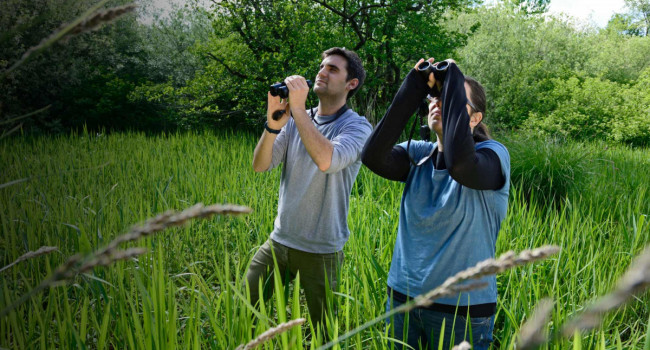
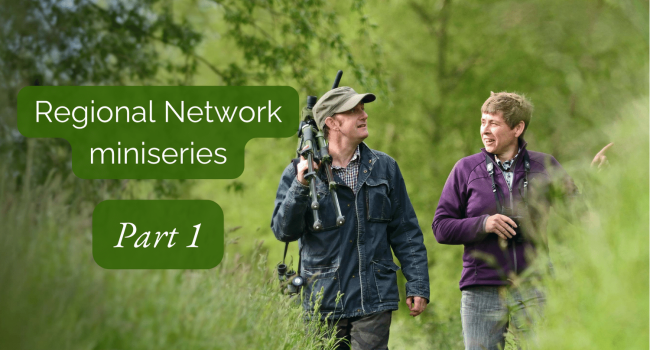


Share this page